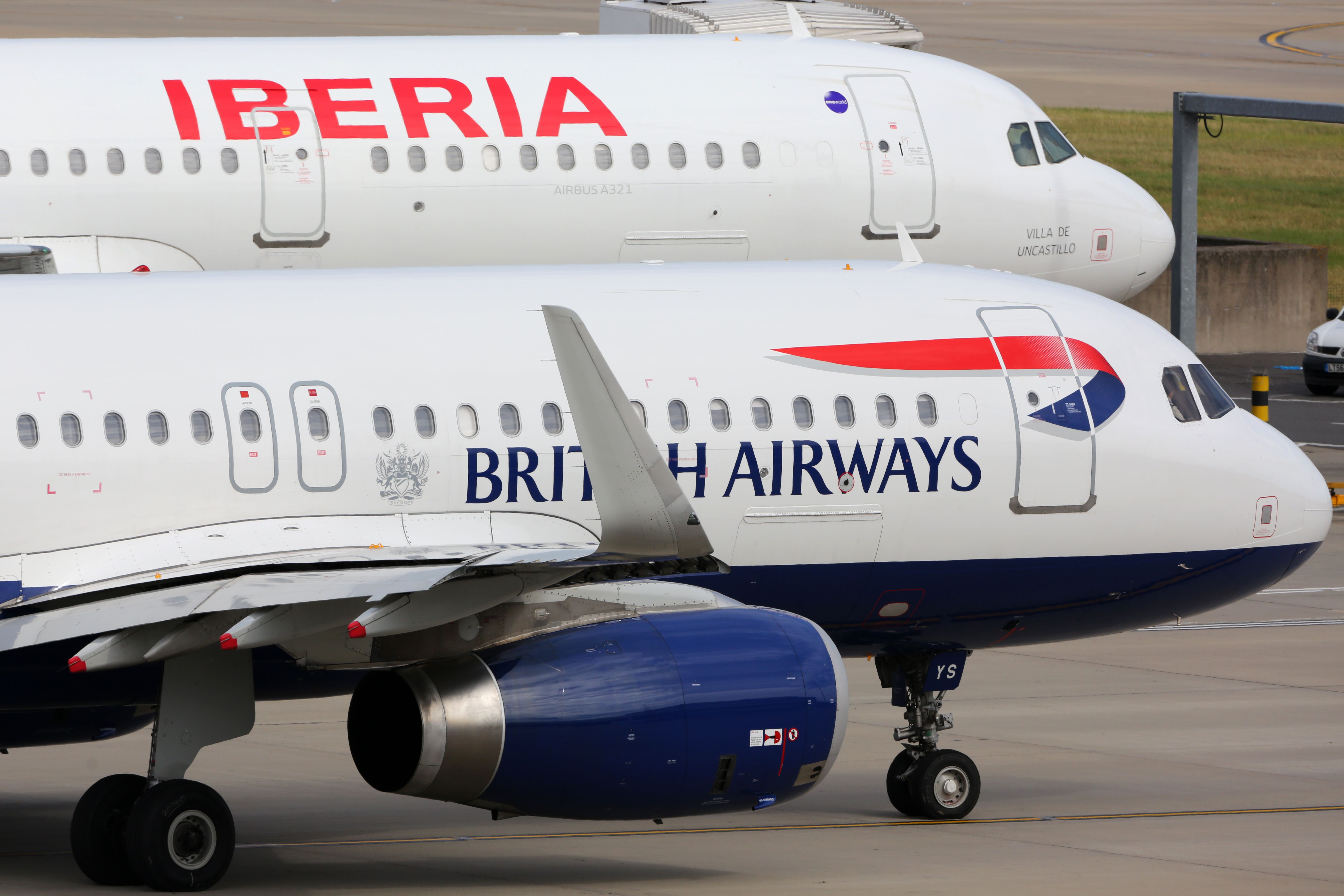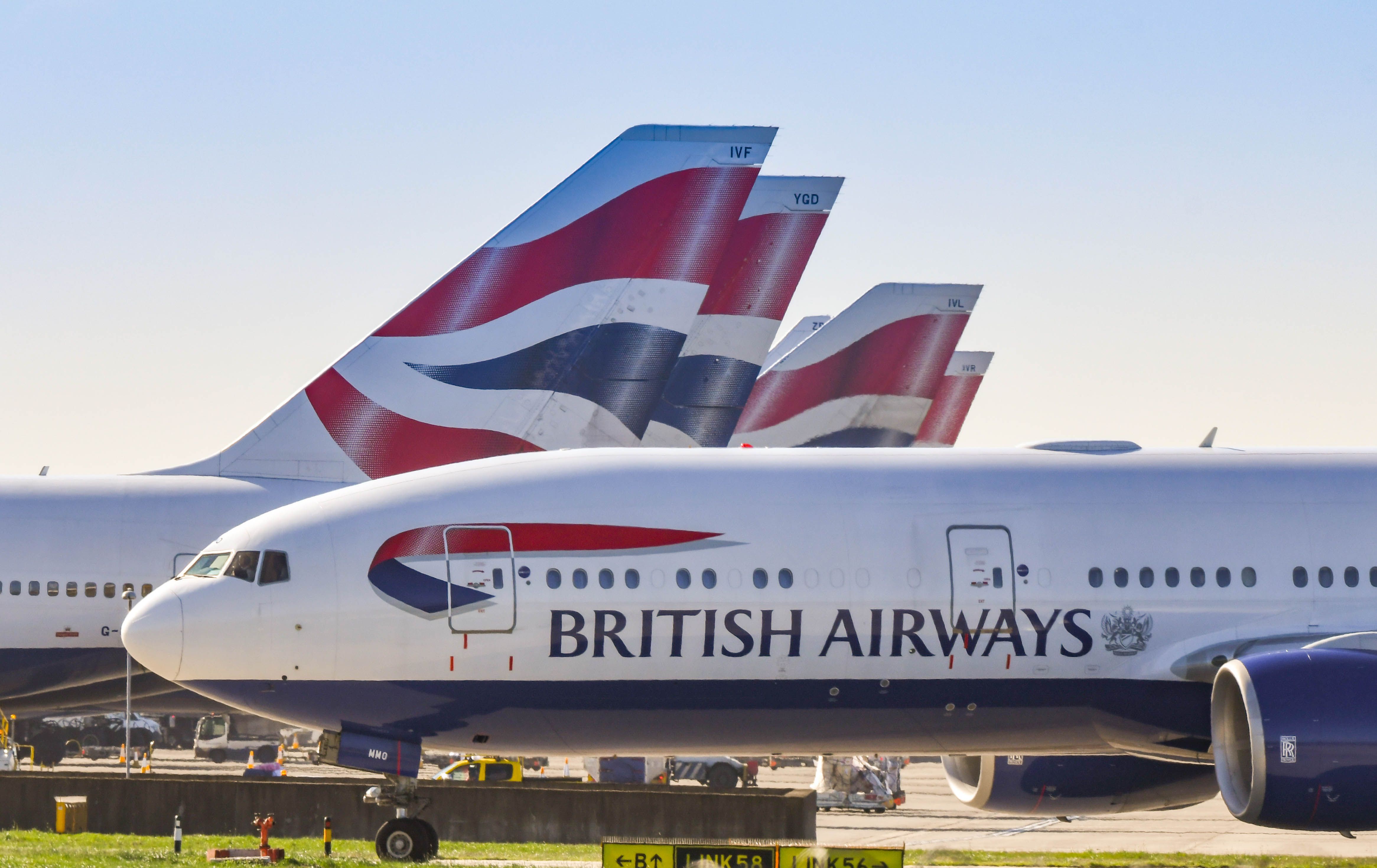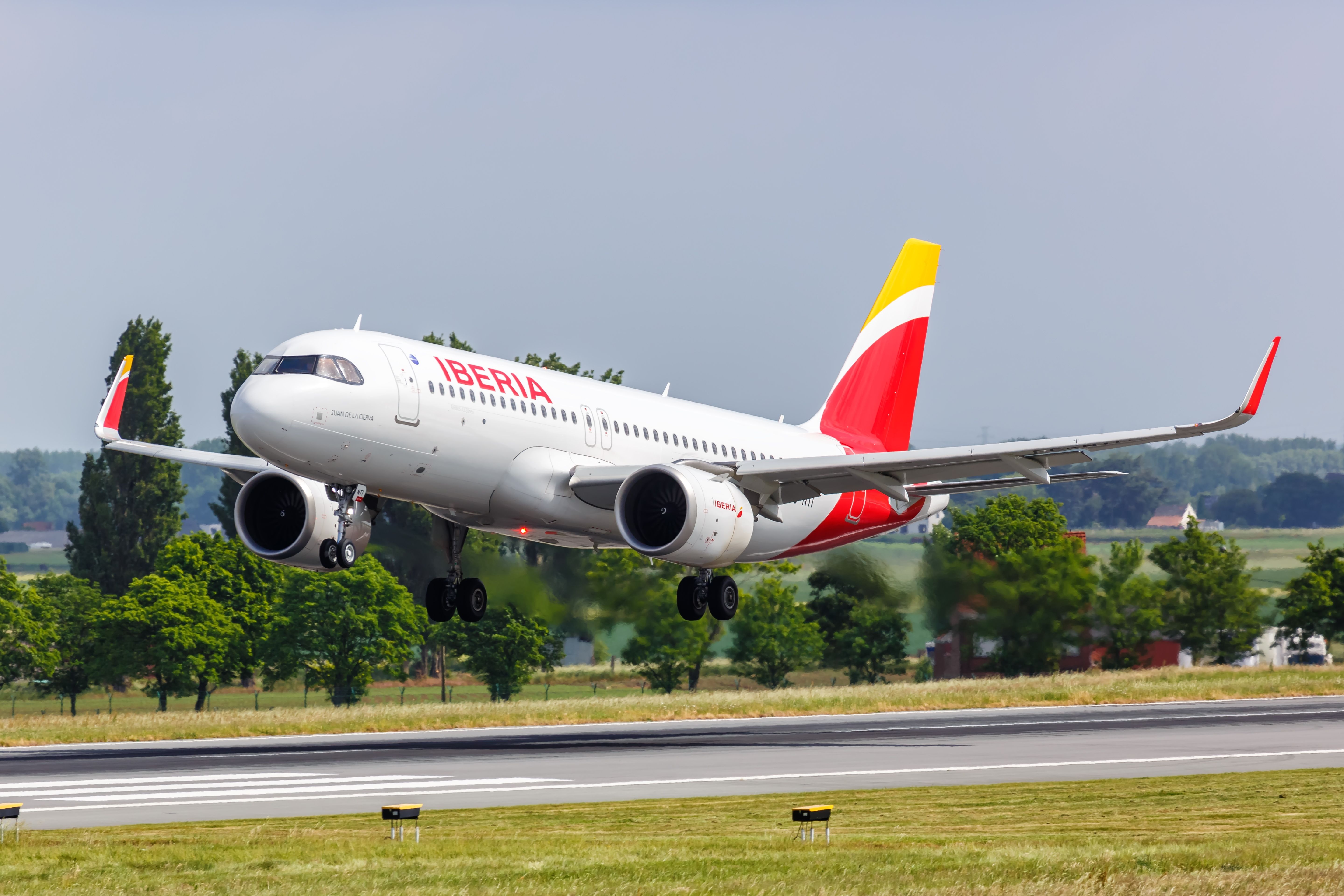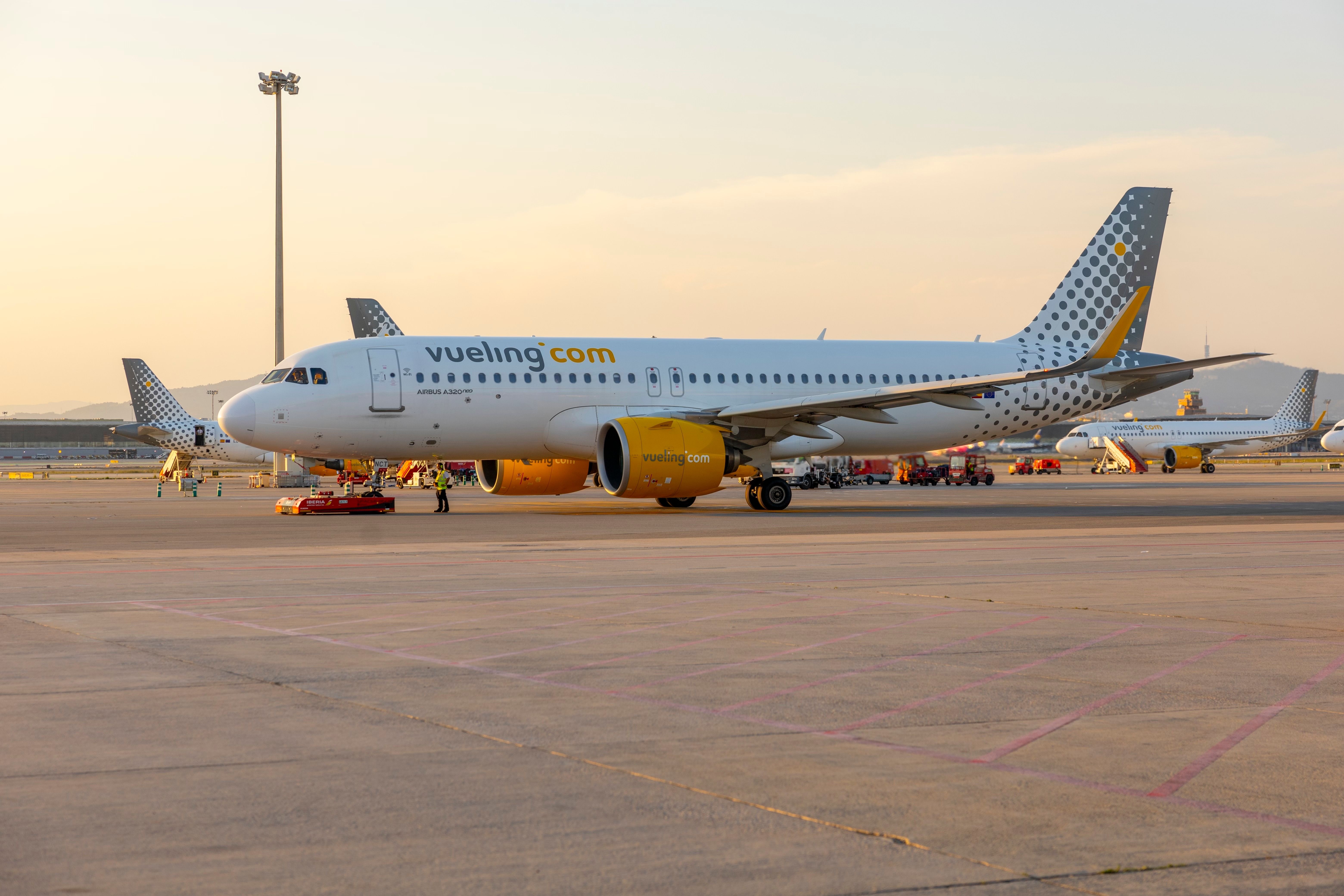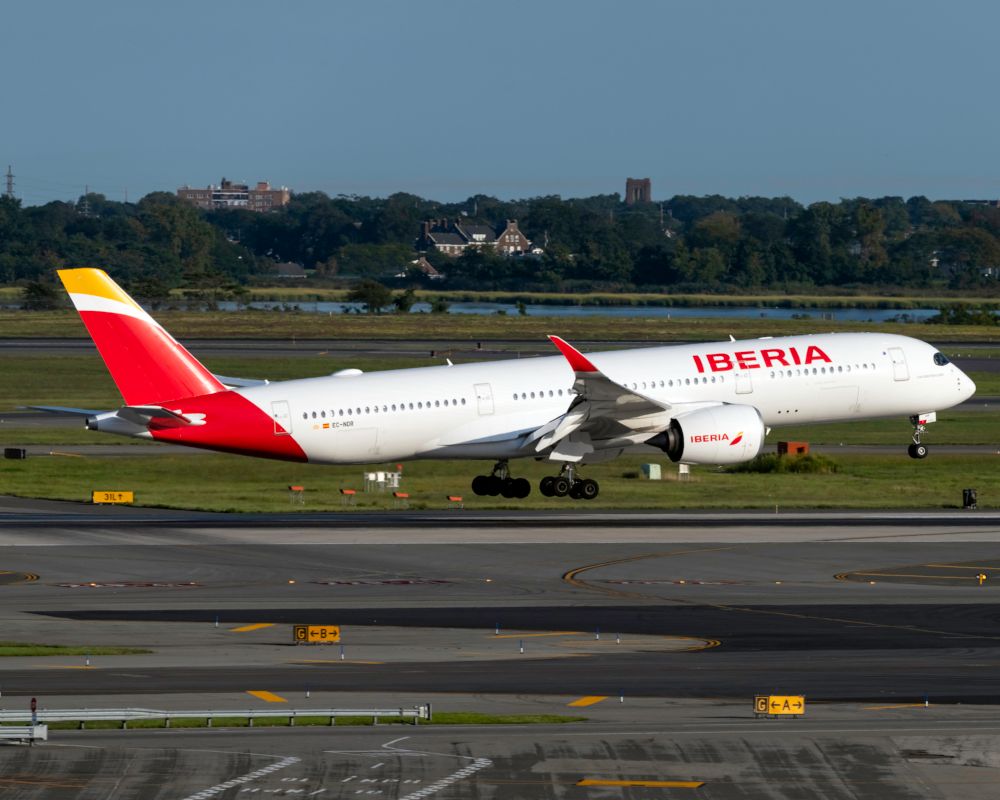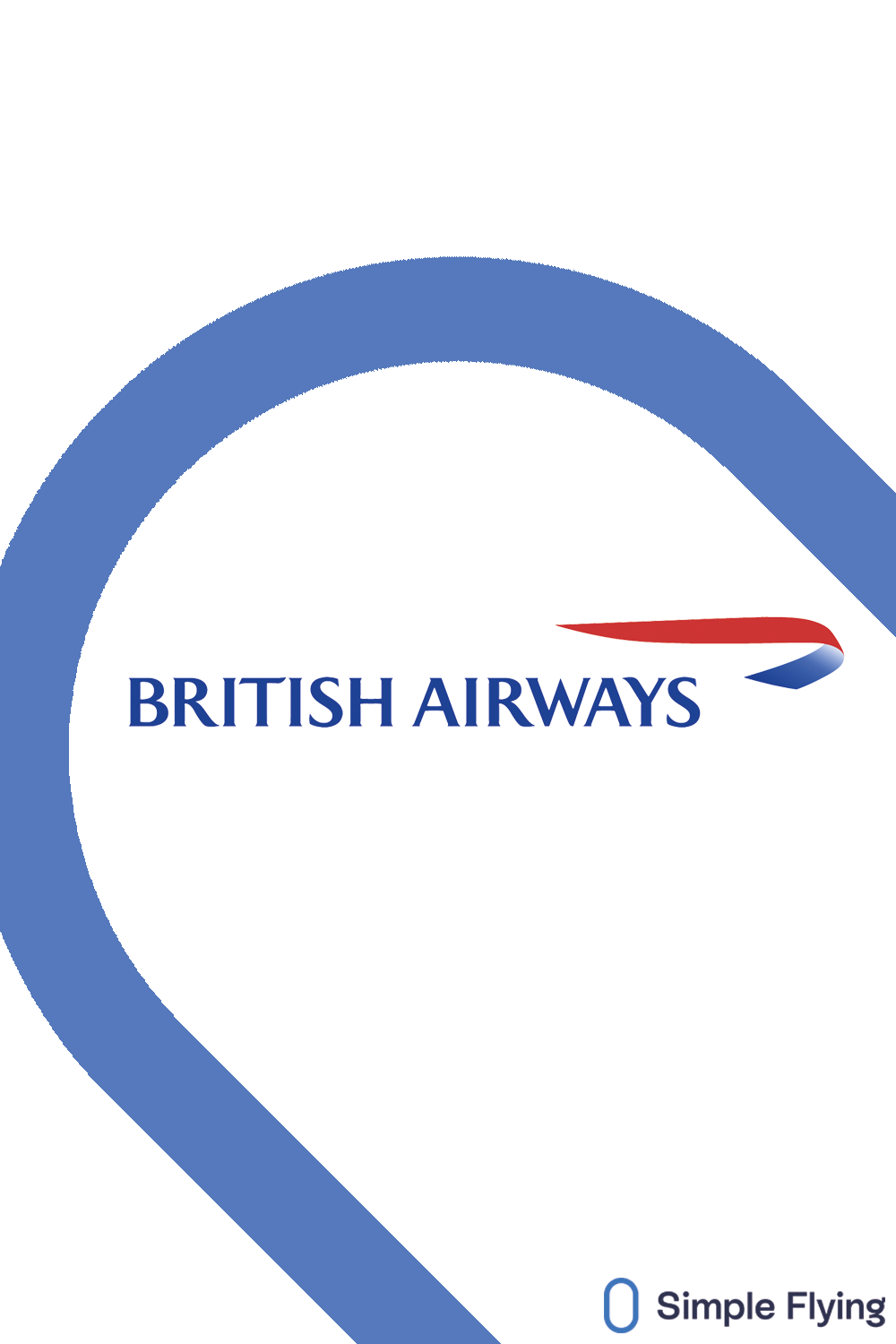There are several airline groups and alliances worldwide, each with a different number of members but with the same goal of increasing the market reach of their members and connecting passengers to more destinations. The International Airlines Group (IAG) is one of the world's largest airline groups, comprising several airline brands and affiliated companies.
IAG has a unique structure:
- Two full-service national carriers, British Airways and Iberia
- Two value carriers, Aer Lingus and Iberia Express
- Two low-cost carriers, LEVEL and Vueling
The group comprises IAG Platform companies, including Avios, IAG Cargo, IAG Global Business Services (GBS), and IAG Tech. The company is registered in Spain.
How IAG came to be
IAG was formed when two major carriers came together to increase connectivity worldwide. In October 2010, aviation regulators in the EU and the US approved an alliance between American Airlines, British Airways, and Iberia. In January 2011, the British and Spanish national carriers merged to create the IAG.
British Airways' shareholders approved a £5bn merger between their airline and Iberia to form the 6th largest airline in the world. As British Airways was the larger of the two airlines at the time of the merger, the UK airline received 55% of the new company's shares.
From there, the group grew rapidly, incorporating the several entities it has today. In April 2011, British Airways World Cargo and Iberia Cargo merged to form IAG Cargo. In March 2012, the Spanish low-cost carrier Iberia Express was launched as part of IAG, while Vueling was acquired just over a year later.
Irish airline Aer Lingus joined the group in August 2015, while IAG's low-cost long-haul airline LEVEL was incorporated in March 2017. Including its supporting platforms, these carriers make up the International Airlines Group we know today.
Want answers to more key questions in aviation? Check out the rest of our guides here.
Why was IAG created?
With British Airways and Iberia struggling to compete with up-and-coming low-cost carriers like easyJet and Ryanair, then-British Airways CEO Willie Walsh said the merger would benefit both airlines and all customers. He said to BBC:
"The merged company will provide customers with a larger combined network."
Calling the merger a "key move," Iberia and IAG Chairman Antonio Vasquez said,
"This is an important step in the process towards creating one of the world's leading global airlines that will be better equipped to compete with other major airlines and participate in future industry consolidation."
Before the merger, British Airways and Iberia were expected to announce heavy losses, which in the case of BA were predicted to be the biggest; the airline had suffered since being privatized. The two national carriers facilitated the collaboration to access each other's markets and serve customers from all over the world.
To foster further growth, IAG did not bring other large carriers onboard. Instead, it incorporated dissimilar operators from full-service to low-cost carriers, each targeting specific passenger needs in various markets and geographies.
The perfect match
The fact that Iberia and British Airways had few overlapping routes allowed them to compete on a grander scale with global powerhouses like Air France-KLM and Lufthansa. It also opened the door for British Airways to move into Iberia's South American market. At the time of the merger, BA only flew to three destinations in South America: Buenos Aires in Argentina and Rio de Janeiro and São Paulo in Brazil.
Iberia, in contrast, flew to the same three South American destinations as BA, plus eight others. While this was good for British Airways, the merger gave Iberia new places to fly to in the United States and Canada and allowed the new partners to share information on fares.
IAG today
When global reach airlines struggled to make a profit, analysts saw mergers as the salvation for larger carriers like BA. "The merger makes huge sense for passengers and airlines alike. It will allow participating airlines to spread their cost base, something they desperately need to do," said Ashley Steel, Global Chair for Transport and Infrastructure at KPMG.
Some called the move a stepping stone toward a merger with American Airlines. However, such a collaboration with the United States' largest airline never materialized. But IAG and American agreed to a joint venture where they share revenue and are partners in the oneworld alliance.
Since its launch in 2011, IAG has increased its global presence to reach over 268 global destinations, carrying up to 113 million passengers annually. Having been affected by the COVID-19 pandemic, IAG has reinstated almost all its international services. Through the five carriers, it has access to various markets in Africa, Asia, Australia, Europe, the Middle East, the Americas, and several island destinations.
What do you think of this story? Let us know in the comments!

